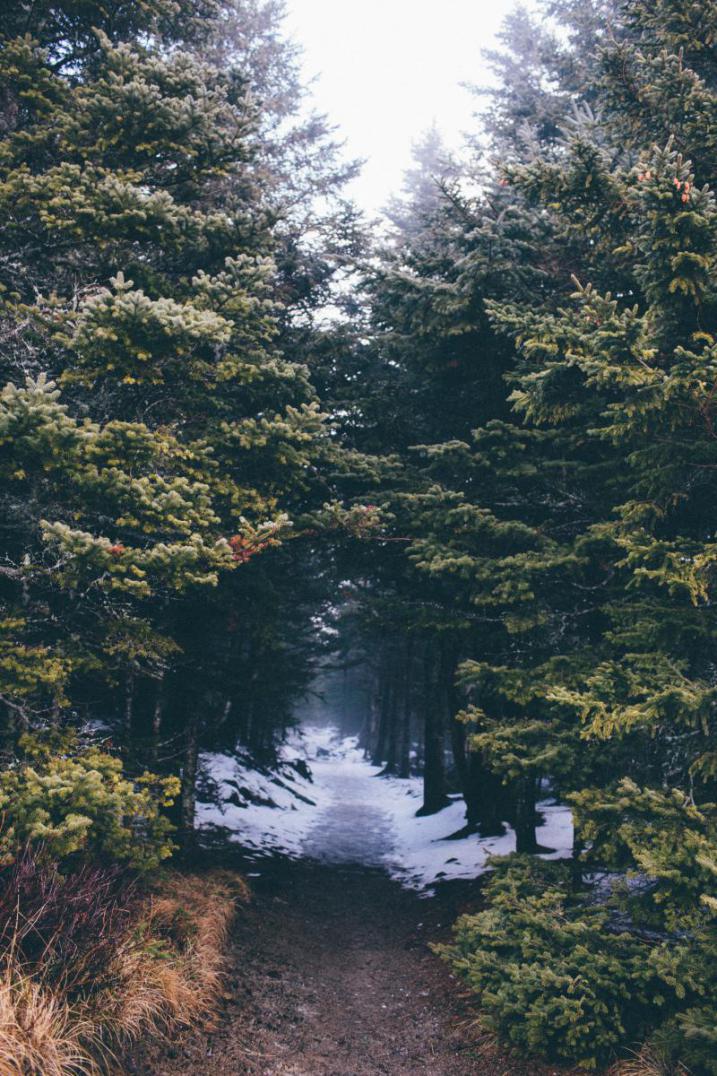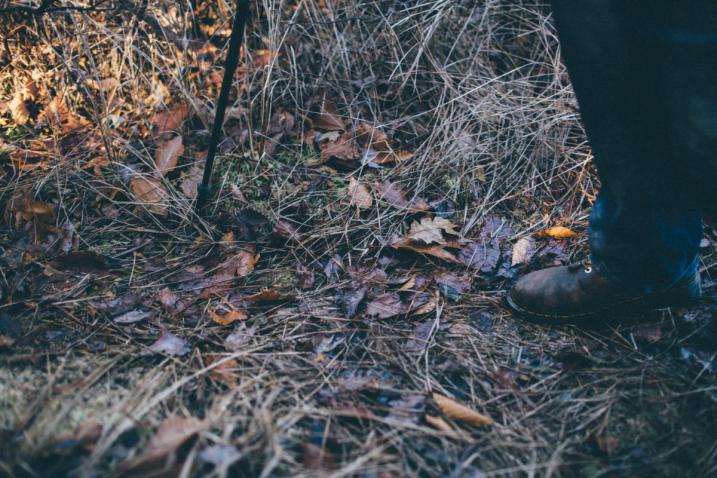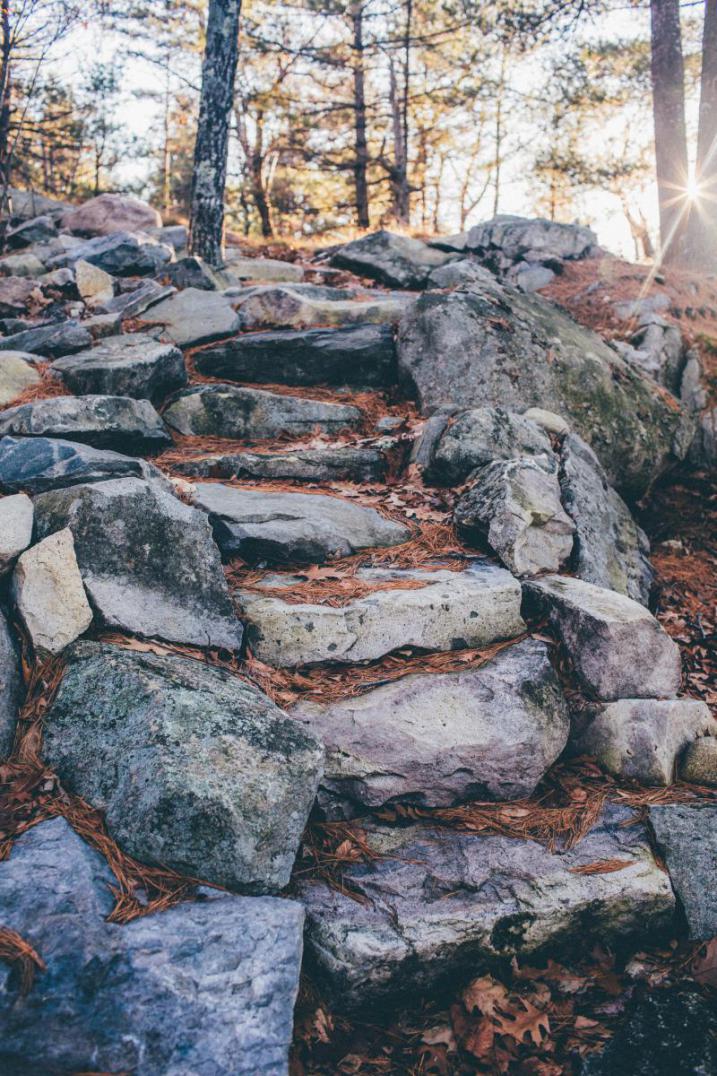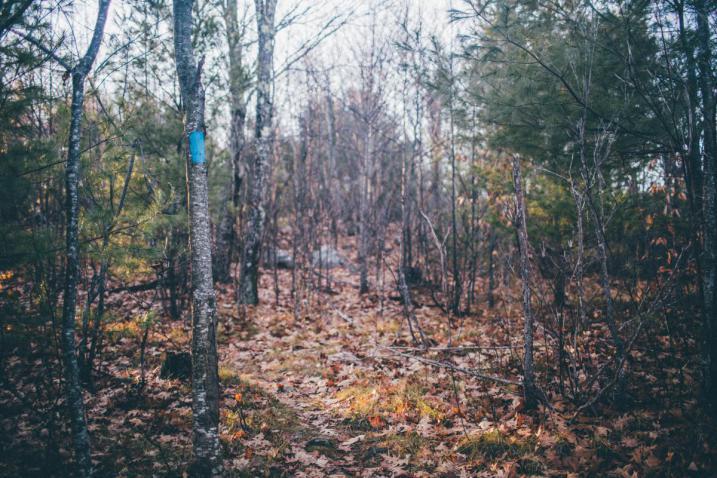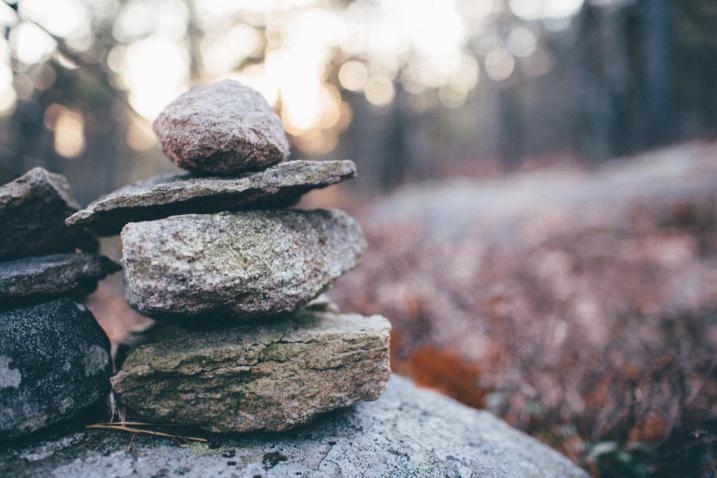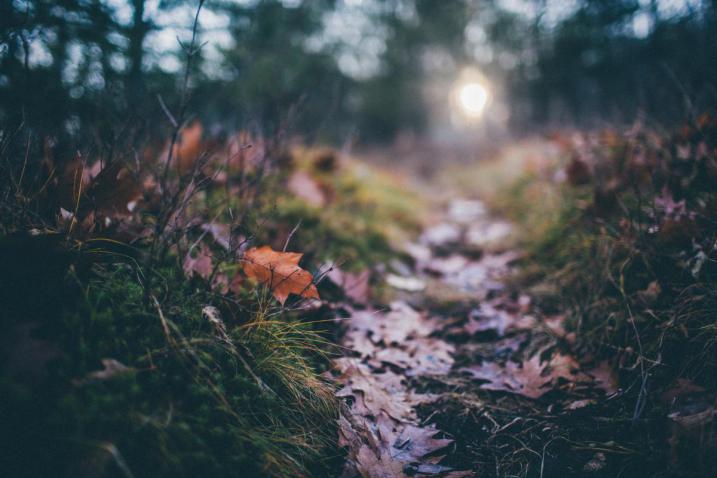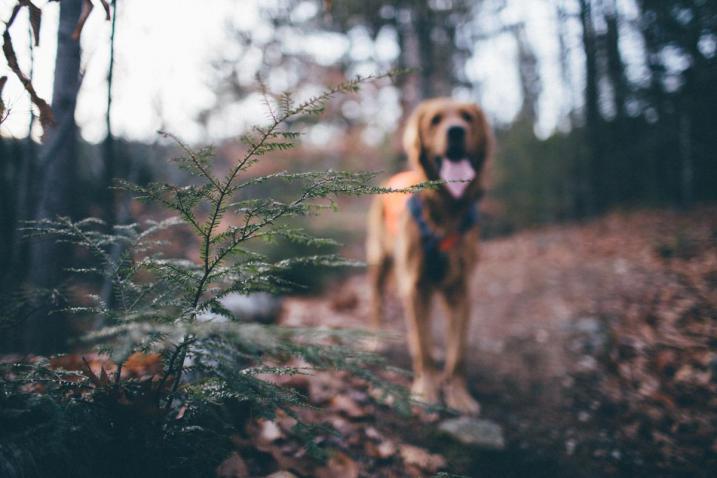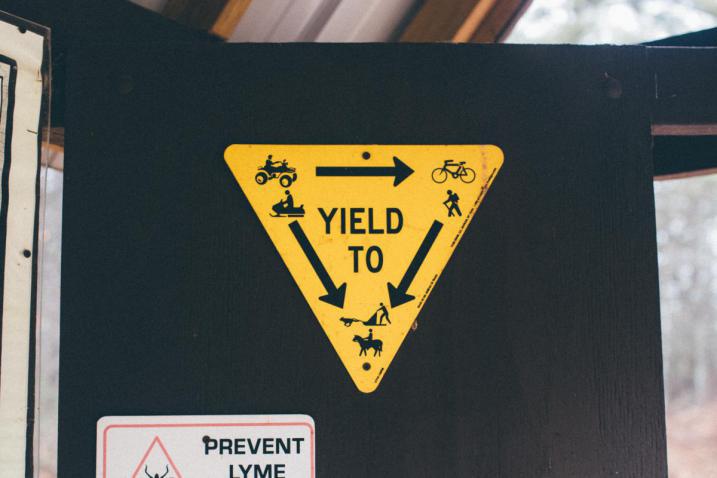Stewardship Tip: 5 Signs Your Favorite Trail is Well-Cared-For
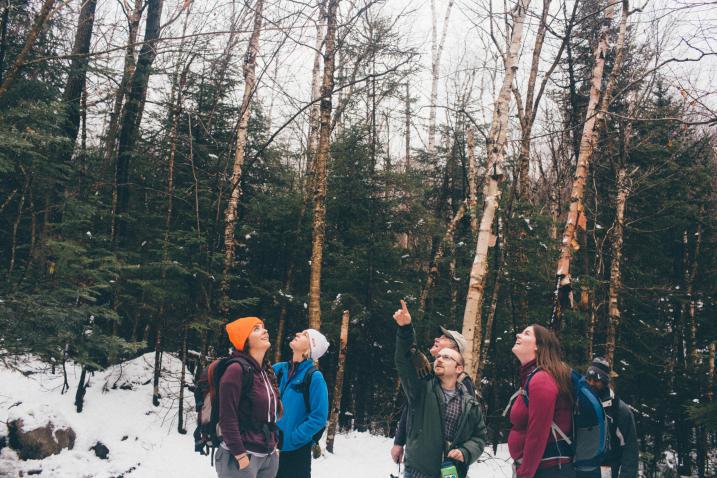
What makes your favorite trail so great? Is it a slow meandering path that passes by a wetland teaming with wildlife? Or is it a steep, rewarding climb to epic views? Chances are there are a lot of reasons that make your favorite trail great. But do you know about the unspoken features that make trails even better? Often it's the things you DON'T see that are done by volunteers that make it great. Let's check out 5 signs that your favorite trail is well-cared-for!
1. Branches don't hit you in the face
One of the greatest advantages to travelling on a trail instead of forging your own path through the woods is how much quicker, easier, and more pleasant it is to have a clear path laid out before you. This doesn't just apply to the ground beneath your feet. Trees, branches, and shrubs must all be cleared from the trail in order to create a corridor for travel. It's easiest to see evidence of trail corridors in a thickly forested area like in this high elevation spruce-fir forest in the White Mountains above. All trails have varying standards for how wide they should be or how much overhead clearance should be allowed. Trails used for cross-country skiing, for instance, will have a taller corridor to account for snowfall accumulation in the winter. Trail corridors also need to be maintained with periodic trimming and clipping. That is the most common form of trail maintenance done by dedicated volunteers!
2. Your feet feel dry and happy
Many New England trails are subject to near constant erosion from water. The springtime is particularly hard on trails where water can be found in both low spots or areas with a steep incline. You've probably hiked a trail or two in the spring that looks more like a stream bed than a trail! There are a lot of techniques that can be used to keep water off the trail. The next time you go for a hike keep your eyes peeled for stone structures in the trail. The stone staircase above is just one example of a way to keep the trail dry and prevent erosion. Before someone built this staircase you might have found a steep path in its place that not only would have been difficult to climb, but would have supplied the path of least resistance for water during a storm event. It is now a sturdy, long-lasting feature of the trail that will keep your feet dry and happy for years to come. Three cheers for the stewards that built these structures for you!
3. You're not lost
Ok, this one seems like a given, but count yourself lucky if you've never been turned around or found your way off a trail! It's always good to carry a map and compass with you on your outdoor adventures. Trail markers will greatly decrease your chances of needing to use your map and compass, however. Some of the most common trail markers are blazes on trees like the blue one above. If you're at a higher elevation where the trees become small or non-existant, you'll also see piles of stones, called cairns, used to mark the way.
4. The only "litter" that draws your gaze is leaf litter
Trail volunteers and conscientious users are people you can think of the next time you notice a pretty leaf, a colorful mushroom, or a delicate pink lady slipper beside the trail. Take a moment to appreciate the nature you see when you aren't distracted by human trash. Sadly, litter is still a common problem in natural areas where the public goes to recreate. It is far less common than it used to be, but if you don't see litter, you have to appreciate all the work that has gone into educating the public about cleaning up trash: good signage like "Carry In, Carry Out" signs, Leave No Trace trainings, obvious trash disposal options, public engagement, volunteer clean-up days, and even debunked 1970s public service announcements had a role to play in encouraging individuals to be environmental stewards.
5. It's a peaceful path
Maybe your favorite trail is one that starts in your own backyard and is a place that you mostly have to yourself. More often than not, however, we are using trails along with a host of other types of trail goers and even animals. While not all trail users have the best etiquette, the best trails are well-marked and offer guidelines for how its many users can co-exist peacefully. While it helps if all outdoor enthusiasts are accustomed to considering other users (like Leave No Trace outlines in Principle 7), there are other techniques used by those who create and steward the trails that help as well. Trails are typically planned with specific groups of users in mind and there are aspects to their design that will make the experience seamless for the user. An example would be creating an ideal trail corridor that can comfortably fit a horseback rider plus a hiker or mountain biker. Trail guidelines posted at informational kiosks like the one above can also be a helpful tool.
